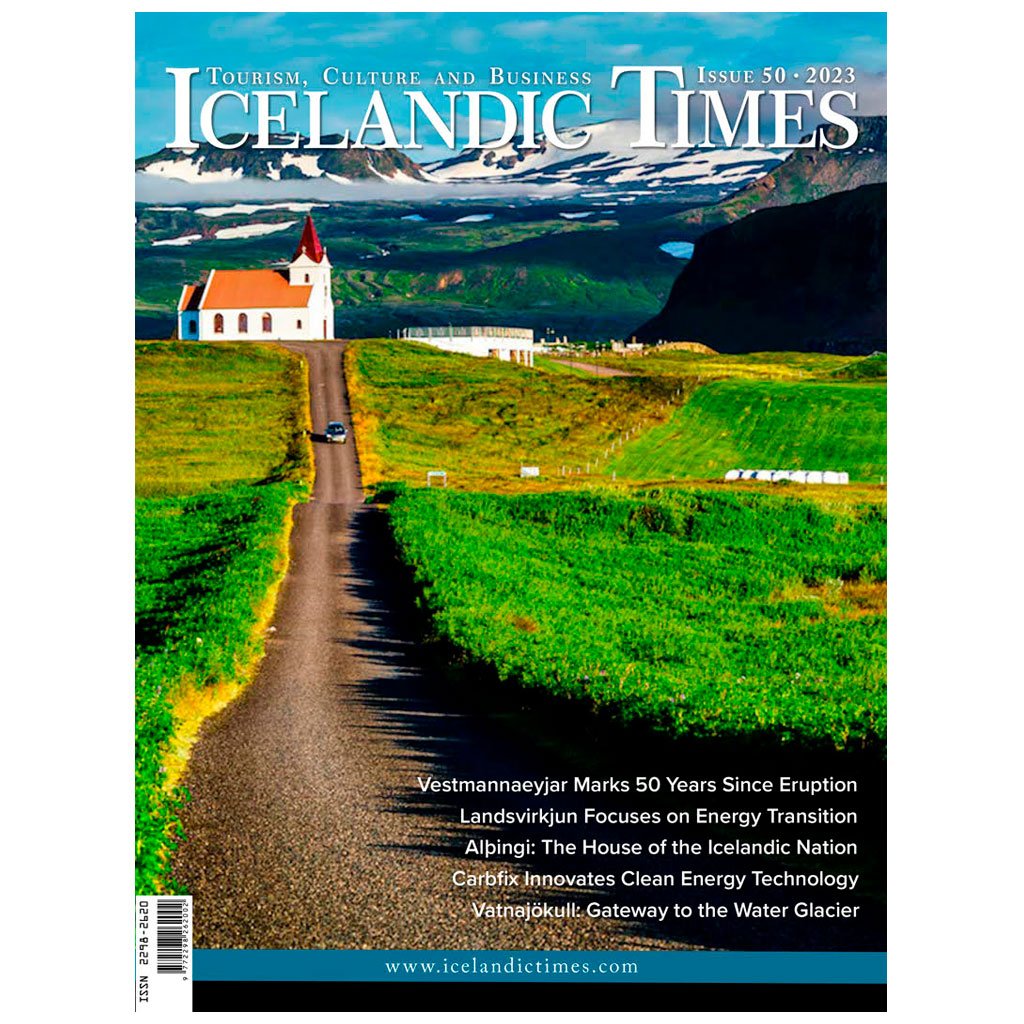Icelandic Times Issue 52
€15.00
The Viking Village
Under The Mountains
The award winning architect HJARK
Volcanic Vestmannaeyjar
Explore Art Up North
Description
Tens of thousands of earthquakes and tremors have hit the Reykjanes Peninsula causing roads to split in half and houses to buckle in the town of Grindavík on the Reykjanes Peninsula. Iceland continues to wait for the looming eruption but then there are those who believe that it will not erupt this time. Among them is Iceland‘s world re-nowned volcanologist, Haraldur Sigurdsson. In an article he points to one of the facts which is remarkable, that all the earthquakes that are now happening in Grindavík are shallow. The Earth’s crust under Reykjanes seems to be quite thin, like the oceanic crust. There are almost no earthquakes measured at depths greater than 7 to 8 km under Reykjanes.
The evacuation of the people from Grindavík coincided fifty years after the Westman Island‘s eruption where in 1973 a volcanic eruption changed the lives of the people. The eruption in Heimaey without warning lasted for five months, displaced more than three thousand people. Ash from the eruption fell for weeks, destroying homes, livestock, and personal possessions. Eldfell, a volcanic cone which means “fire mountain” in Icelandic, was formed. It stands 200 metres high and has become some of Iceland’s newest land. Today, Icelanders and tourists alike hike in the region and soak up the scenery.
The Icelander‘s are used to volcanoes and eruptions with the famous Eyjafjallajökull eruption little more than a decade ago. These are existential threats looming over the islanders of beautiful and unpredictable Iceland. Exactly 240 years ago, the biggest volcanic eruption in Iceland‘s history began in 1783, southwest of Vatnajökull in Vestur-Skaftafellssýsla. The eruption opened a series of craters 25 km long, known as the Laki craters well over one hundred. The eruption lasted eight months and caused deaths of thousands and famine leading to speculations of moving the people to Jutland heights in Denmark. Ash and volcanic fumes spread as a poisonous fog spread over Europe, America and Asia. Heavy pollution caused livestock to die in great numbers which, in turn, led to famine— not just in Iceland but all over the Northern Hemisphere. Historians claim the eruption triggered the French Revolution.
Einar Th. Thorsteinsson
Additional information
| Weight | 0.1 kg |
|---|










